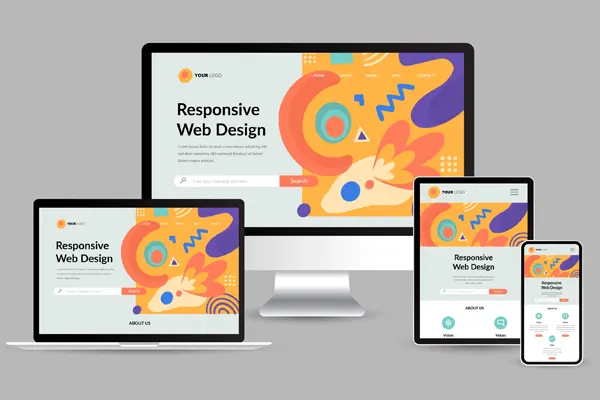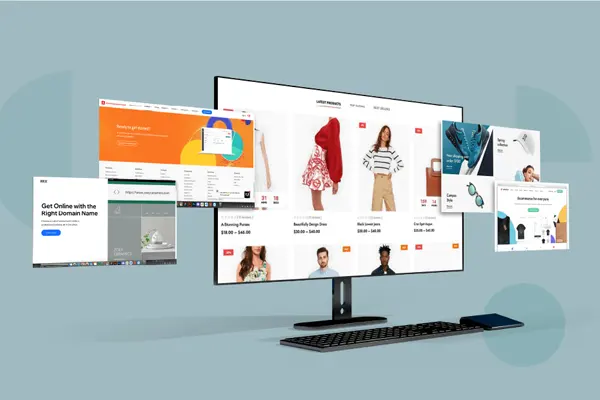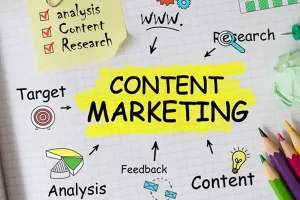What are the most popular content marketing content formats?
Content marketing success hinges on delivering value in formats that resonate with your audience. With digital consumption habits evolving, choosing the right content formats is critical to capturing attention and driving engagement. In 2025, diverse formats cater to varied audience preferences, from visual learners to busy professionals.
This article explores the most popular content marketing formats, their benefits, and how to leverage them effectively to meet your business goals.
Why Content Formats Matter?
Content formats determine how your audience consumes and interacts with your message. The right format can:
- Boost Engagement: Formats like videos or infographics capture attention quickly.
- Improve SEO: Search engines favor diverse, high-quality content, per a 2024 Moz study.
- Cater to Preferences: Different audiences prefer different formats (e.g., Gen Z loves short videos, B2B prefers whitepapers).
- Drive Conversions: Engaging formats encourage actions like downloads or purchases.
The Most Popular Content Marketing Formats in 2025
1. Blog Posts
- Description: Written articles that educate, inform, or entertain, typically 800-2,000 words.
- Why Popular: Blogs are versatile, SEO-friendly, and ideal for in-depth topics like “content marketing tips” or “how to improve engagement.”
- Best Practices:
- Include keywords like “content marketing formats” naturally (1-2% density).
- Use subheadings (H2, H3) for readability.
- Add internal links to related posts and external links to sources like HubSpot.
- Use Case: Guides, listicles, or how-to articles.
- Example: “10 Best Content Marketing Strategies for 2025.”
2. Videos
- Description: Short-form (e.g., TikTok, Reels) or long-form (e.g., YouTube tutorials) visual content.
- Why Popular: A 2024 Wistia report found 85% of consumers prefer video content for learning about brands.
- Best Practices:
- Keep short videos under 60 seconds for social platforms.
- Optimize titles with keywords like “video marketing tips.”
- Include captions for accessibility.
- Use Case: Product demos, behind-the-scenes, or interviews.
- Example: A 2-minute explainer on “Why Video Content Works.”
3. Infographics
- Description: Visual representations of data or processes, combining text and graphics.
- Why Popular: Infographics simplify complex information and are highly shareable on platforms like Pinterest.
- Best Practices:
- Use tools like Canva for design.
- Include branded visuals and concise text.
- Embed keywords like “infographic marketing trends.”
- Use Case: Data summaries or step-by-step guides.
Example: “Content Marketing Stats for 2025.”
4. Social Media Posts
- Description: Short, engaging posts on platforms like Instagram, LinkedIn, or X.
- Why Popular: Social posts drive real-time engagement and brand visibility.
- Best Practices:
- Tailor content to platform (e.g., professional posts for LinkedIn, visual stories for Instagram).
- Use hashtags and semantic keywords like “social media marketing.”
- Include CTAs like “Comment your thoughts!”
- Use Case: Announcements, tips, or polls.
- Example: A LinkedIn post on “Top Content Trends to Watch.”
5. eBooks and Whitepapers
- Description: Long-form, downloadable resources offering in-depth insights.
- Why Popular: Ideal for B2B lead generation, with 62% of marketers using eBooks for conversions (2024 CMI report).
- Best Practices:
- Focus on niche topics like “content marketing for SaaS.”
- Use professional design and gated forms for lead capture.
- Cite credible sources like Forbes or industry reports.
- Use Case: Thought leadership or lead magnets.
- Example: “The Ultimate Guide to Content Marketing in 2025.”
6. Podcasts
- Description: Audio content discussing industry topics or interviews.
- Why Popular: Podcasts cater to busy audiences, with 42% of U.S. adults listening monthly (Edison Research, 2024).
- Best Practices:
- Optimize episode titles with keywords like “podcast marketing strategies.”
- Share on platforms like Spotify or Apple Podcasts.
- Keep episodes 20-40 minutes for engagement.
- Use Case: Expert discussions or storytelling.
- Example: “Content Marketing Secrets with Industry Leaders.”
How to Choose the Right Format?
Selecting the best format depends on your audience and goals:
- Know Your Audience: Use analytics to identify preferences (e.g., Gen Z prefers videos, executives prefer whitepapers).
- Align with Goals: Blogs for SEO, eBooks for lead generation, videos for engagement.
- Mix Formats: Combine formats (e.g., a blog with an embedded infographic) for broader appeal.
- Test and Refine: Track performance with tools like Google Analytics to see which formats drive results.
Tips for Maximizing Content Format Impact
Optimize for SEO: Use primary keywords (e.g., “popular content formats”) and semantic terms (e.g., “digital content trends”) across all formats.
- Ensure Readability: Use short paragraphs, bullet points, and visuals for clarity (Flesch Reading Ease >60).
- Promote Widely: Share on social media, email newsletters, and industry forums.
- Update Regularly: Refresh content to maintain relevance, especially for blogs and infographics.
Conclusion
The most popular content marketing formats—blogs, videos, infographics, social posts, eBooks, and podcasts—offer diverse ways to engage your audience. By understanding your audience’s preferences and optimizing content for SEO, you can maximize impact and drive business growth. Experiment with these formats and track results to find what works best for your brand. Ready to create engaging content? Explore our resources or contact us for a tailored content marketing plan!









